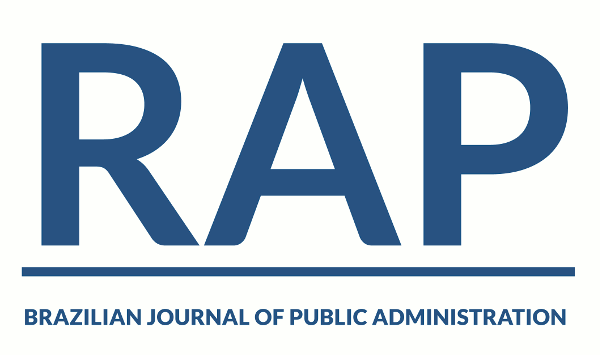Abstract
This paper aims to retrace the trajectory of the Advocacy Coalition Framework (ACF), especially its policy-oriented learning process. Initially, we contrast the elements in Sabatier and Mazmanian (1980), where the first efforts to develop an analysis model are found, with the arguments found in Sabatier (1987, 1988, and 1993). Subsequently, the historical trajectory of updates and versions of the model is discussed based on the analyses in Sabatier and Jenkins-Smith (1999), Sabatier and Weible (2007), and Jenkins-Smith et al. (2018). It was possible to follow the modifications in the model, the main hypotheses built, the criticisms, and their unfoldings. As main findings, it was evident throughout the ACF construction trajectory: four versions of the model over almost 30 years and with the decisive participation of six prominent authors who contributed to its main developments since the first version, present in Sabatier and Jenkins-Smith (1993); and Sabatier and Jenkins-Smith (1999), the model gains greater analytical capacity with the intermediate variables between the external factors and the policy subsystem and analytically refines the categories internal to the subsystem. One gap identified in this trajectory, and consequent proposal for a future research agenda, is the influence of international actors and their implications on policy modifications, a condition not explicitly addressed by the ACF in its varied versions, as highlighted by Jenkins-Smith et al. (2018).
Keywords:
policy-oriented learning; advocacy coalitions; policy subsystems; belief systems; policy change

 Thumbnail
Thumbnail
 Thumbnail
Thumbnail
 Thumbnail
Thumbnail
 Thumbnail
Thumbnail
 Thumbnail
Thumbnail
 Source:
Source:  Source:
Source:  Source:
Source:  Source: Elaborated by the authors based on the diagram of the second version of the ACF.
Source: Elaborated by the authors based on the diagram of the second version of the ACF.
 Source: Elaborated by the authors based on the diagrams in the third version and the diagram in
Source: Elaborated by the authors based on the diagrams in the third version and the diagram in